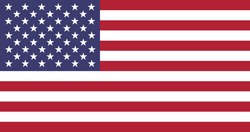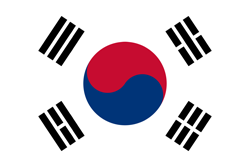Analysis of Molecular Orientation and Mechanical Properties of PAN Precursors Depending on Drawing Stages and Jet Stretch Ratio in Wet-Spinning
Vol. 62, No. 4, pp. 222-228, Aug. 2025
 10.12772/TSE.2025.62.222
10.12772/TSE.2025.62.222
PDF Full-Text
Abstract
Statistics
Cumulative Counts from November, 2022
Multiple requests among the same browser session are counted as one view. If you mouse over a chart, the values of data points will be shown.
Multiple requests among the same browser session are counted as one view. If you mouse over a chart, the values of data points will be shown.
|
|
Cite this article
[IEEE Style]
조현재, 유승민, 김병석, 정용식, "Analysis of Molecular Orientation and Mechanical Properties of PAN Precursors Depending on Drawing Stages and Jet Stretch Ratio in Wet-Spinning," Textile Science and Engineering, vol. 62, no. 4, pp. 222-228, 2025. DOI: 10.12772/TSE.2025.62.222.
[ACM Style]
조현재, 유승민, 김병석, and 정용식. 2025. Analysis of Molecular Orientation and Mechanical Properties of PAN Precursors Depending on Drawing Stages and Jet Stretch Ratio in Wet-Spinning. Textile Science and Engineering, 62, 4, (2025), 222-228. DOI: 10.12772/TSE.2025.62.222.

